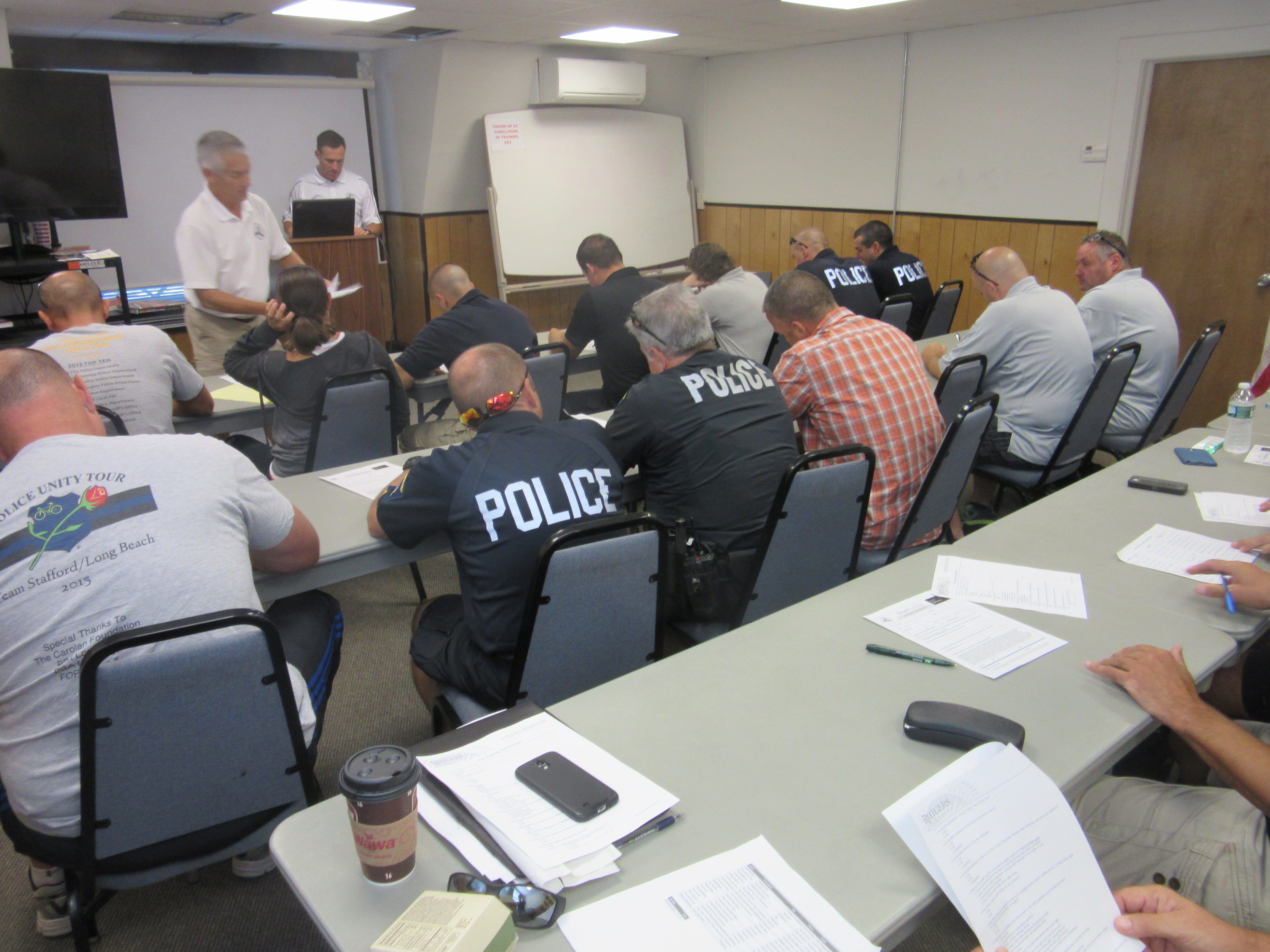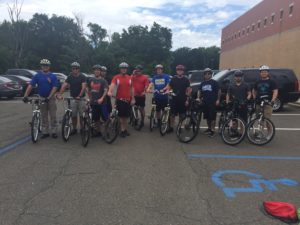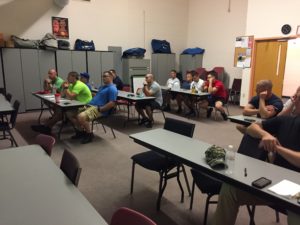GET OFF THE ROAD!
Two recent incidents prompted this post. I had to wait a bit to write about the first one because I was so angry. And then the second one came up…It’s still a somewhat angry post, but please read it.
- December 12: “Cyclist dies in crash”
- The headline in a Tennessee news article
- December 17: “Orlando Health cardiologist killed in Maitland bicycle crash”
- The headline in a Florida news article
Well, at least neither one blamed anyone for the crash. But wait. Let’s get into the articles:
Regarding the Tennessee crash, the reporter says, “According to a fatality report by Tennessee Highway Patrol Trooper Curtis Smith, (David) Abney was distracted while using a cellphone before striking McCurry, who was not wearing a helmet.” So Abney, who “traveled outside his lane in a 2005 Chevy Tahoe and struck Cletus McCurry,” was distracted, left his lane, and killed a man on a bicycle. But the reporter felt it was critical to say that the bicyclist was not wearing his helmet. Was the motorist wearing a seatbelt? Or a helmet (data show many brain injuries occur as a result of car crashes, too)? How about saying that Mr. Abney wasn’t controlling his 5,000-lb lethal weapon!?
But wait. By implication, Mr. McCurry shouldn’t have been on the road. The article goes on: “Meanwhile, Loudon County commissioners voted 6-3 to draft a resolution asking Loudon County Sheriff’s Office to enforce traffic violations for bicyclists.”
“Our hope is that enforcement of existing state laws will discourage bicycle riders from riding their bicycles on Loudon County roads that are far too narrow, winding and dangerous and will improve the safety and welfare of the traveling public on Loudon County roadways,” the resolution reads.
The county commissioner introduced the resolution. His bias is clear: Bicyclists just need to get off the damned road!
“Bicycles on roadways are just always going to be at a disadvantage in any accident,” Shaver said. “Bicycles on the roadways are going to be very hazardous to folks on bicycles and automobiles. Highways and roadways are not the place for people on bicycles.” So the bicyclists in the county are a danger to the 5,000-lb. hurling metal boxes, are they? Apparently, they are. God forbid a bicyclist should hit a car and kill the occupant. That would be just terrible.
Now let’s move on to the idiocy in Florida:
“A long-time cardiologist with Orlando Health was killed in Maitland Monday morning when his bicycle was hit by a car.” Apparently in Florida, vehicles can move about on their own. How the cardiologist might have died is unclear, since his bike was out for a ride, and was hit by a car. I don’t know whether either vehicle’s owner knew they were out on the road or if the vehicles had permission to go out on their own, unsupervised.
OK, I said that to make a point. Obviously, the doctor was riding his bike and a person driving a car hit him. But the motorist who killed Dr. Dalton is never mentioned!
What’s the implied bias in this case? Exactly the same as the stated bias in the Tennessee case. That the bicyclist was somehow at fault, and that we should shield the poor unfortunate motorist who was involved in this tragic accident. It was no accident. Crashes happen because people make choices, and sometimes those choices are bad. In this case, someone’s choice was fatal. I don’t know whether the bad choice was Dr. Dalton’s or the unnamed motorist’s.
Regardless, the bias, overt or implicit, in these articles is clear. And the words we use frame the way we think about things. And what do we take away from these two articles? That those poor unfortunate motorists had the misfortune of hitting a bicyclist…who shouldn’t have been there anyway.
I’ve talked about crashes in other posts. If you’d like to read on, try these: “No. NO!,” “It was a crash…it was no accident,” “I just crashed! (hypothetically)”



